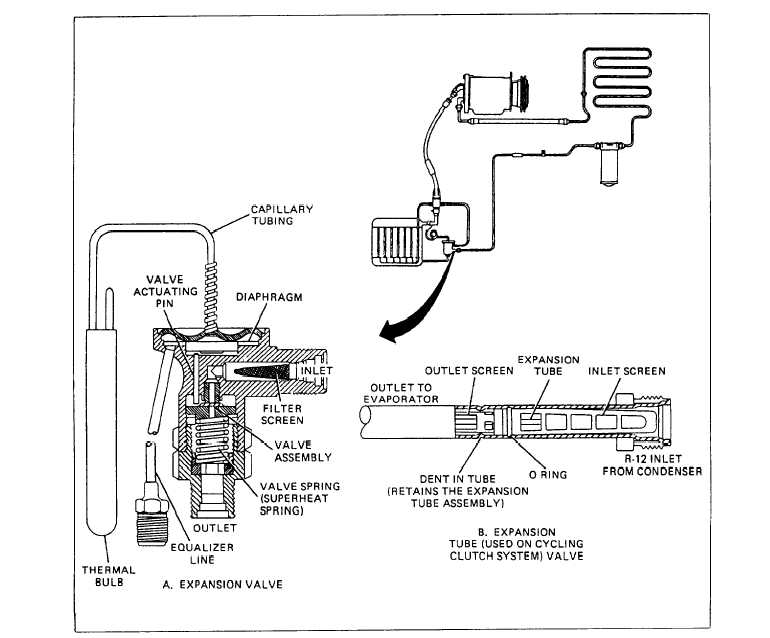
Figure 13-5. - Expansion valve and expansion tube.
Expansion Valve
One type of expansion system used on modem vehicles is the expansion valve (view A, fig. 13-5). The valve action is controlled by the valve spring, suction manifold, and pressure exerted on the diaphragm from the thermal bulb. Operation of the valve is as follows:
1. High-pressure liquid refrigerant flows into the valve and is stopped at the needle seat.
2. If the evaporator is warm, pressure is developed in the thermal bulb and transferred to the diaphragm through the capillary tube.
3. The diaphragm overcomes the pressure developed in the equalizer tube and valve spring pressure, causing it to move downward.
4. This movement forces the valve-actuating pin downward to open the valve.
As the refrigerant flows, it cools the evaporator and therefore reduces pressure in the thermal bulb. This allows the valve to close and stop refrigerant from flowing into the evaporator. By carefully metering the amount of refrigerant with the expansion valve, the evaporator cooling efficiency is increased greatly.
Continue Reading